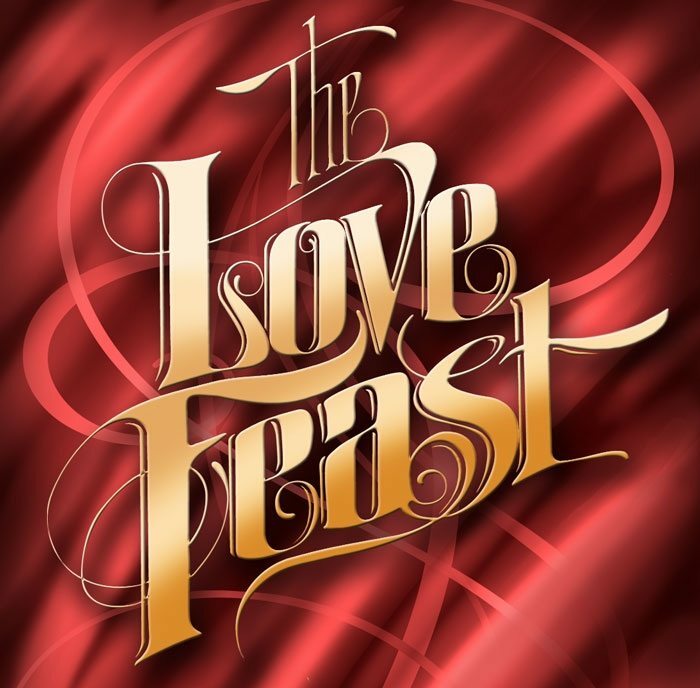
The Love Feast, also known as the Agape Meal, is a long-standing Christian tradition that emphasizes fellowship, testimony, reconciliation, and community. In the Methodist tradition, it holds a special place as a deeply spiritual, non-sacramental gathering. Here's how it came about, including its roots in Scripture, its revival by the Moravians, and its adoption by John Wesley, the founder of Methodism.
Biblical Basis for the Love Feast
The Love Feast has its biblical roots in the early church, particularly in the communal meals shared by the first Christians: 1. Acts 2:42, 46 (NLT) "All the believers devoted themselves to the apostles teaching, and to fellowship, and to sharing in meals (including the Lords Supper), and to prayer... They worshiped together at the Temple each day, met in homes for the Lords Supper, and shared their meals with great joy and generosity." 2. Jude 1:12 (KJV) "These are spots in your feasts of charity, when they feast with you, feeding themselves without fear..." The phrase "feasts of charity" refers to Agape Feasts, which were early Christian communal meals intended to promote love and unity. These were distinct from the Eucharist, although often held in conjunction with it in the early church.
The Moravian Influence on John Wesley
In the 18th century, the Moraviansa pietist Christian group from Central Europerevived the practice of the Love Feast as a non-sacramental Christian fellowship meal, centered on testimonies, hymn singing, Scripture reading, and mutual encouragement. Wesleys Encounter John Wesley first encountered the Moravians during his journey to and from Georgia (17351738) and later in England. On January 1, 1739, during a watch-night service at Fetter Lane with the Moravians, he participated in what would later be described as a Love Feast. Wesley wrote in his journal: About three in the morning, as we were continuing instant in prayer, the power of God came mightily upon us... This deeply moving experience marked a turning point in Wesley's spiritual journey and helped shape his emphasis on communal spiritual practices.
The Introduction of the Love Feast in Methodism
Inspired by the Moravian example, John Wesley adopted and adapted the Love Feast into Methodist practice. While Holy Communion remained a sacrament, the Love Feast became a means of grace for: Encouraging testimonies of spiritual transformation Fostering unity and mutual support among believers Providing a time of introspection, prayer, and reconciliation Key Features in Methodist Love Feasts: No ordained clergy required (unlike Holy Communion) Simple food or drink sharedoften bread and water Testimonies about Gods work in personal lives Singing hymns, Scripture reading, and prayer Focus on love, unity, and holiness Wesley saw it as especially useful in places where ordained clergy were scarce or where sacraments were infrequently administered.
Theological Significance in Methodism
Wesley never regarded the Love Feast as a replacement for the Lords Supper but as a powerful supplemental means of grace. It provided a lay-led opportunity to build community and bear witness to Gods goodness in everyday life. In the early Methodist societies, the Love Feast was: A monthly or quarterly gathering Open to both members and seekers A way to deepen Christian commitment and accountability